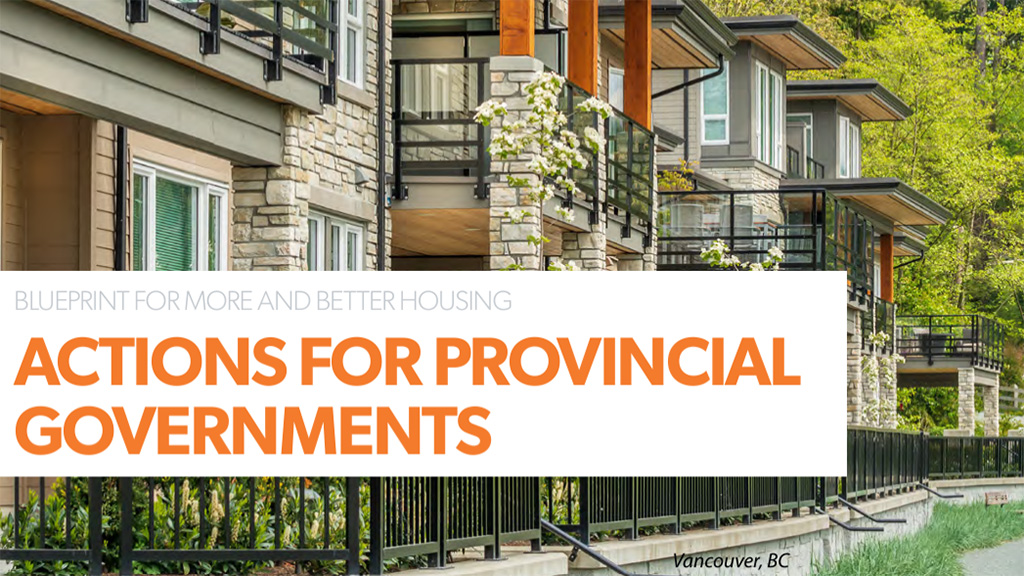A task force focused on affordable housing through a climate-conscious lens is calling for unprecedented co-operation to double Canada’s housing stock.
The Blueprint For More and Better Housing report recently released by the Task Force for Housing & Climate group lays out a plan for all levels of government to build 5.8 million new homes with an emphasis on resiliency, low-carbon materials and affordability.
The task force has members from government, industry, education and advocacy with former Edmonton mayor Don Iveson and former Conservative federal minister Lisa Raitt acting as co-chairs of the organization.
Achieving the scale needed to double the amount of homes in Canada relies on five factors, the report said: Where building occurs; what kind of structures are built; what methods ae used; the reasons behind building, including affordable and below-cost housing; and a framework uniting all levels of government and other stakeholders in a co-ordinated effort.
Dream Unlimited executive vice-president and task force member Tsering Yangki highlighted the goals of the report which put as much emphasis on climate adaptability as affordability.
“Our four main goals are low carbon, the right kind of housing to ensure it is climate resilient as well as financially resilient, affordable and at scale,” she said. “The importance of this report is that we focus on co-ordination, but these really delve down into practical policy recommendations, some where we need government funding, some where we may not need (that funding).”
Modular and factory-built housing a solution
Key recommendations of the report include legalizing density and focusing housing growth on cities and communities with existing infrastructure, implementing better building codes, greater investment in factory-built housing, and avoiding building in high-risk areas that maybe subject to worsening climate conditions.
Yangki appealed to the construction industry to accelerate modular and factory-built housing in order to address affordability and climate change at the same time.
“We need to see it as an opportunity in responding to the crisis but also the opportunity of innovation. In the report we speak about modular and panelization, but we also speak about enhancing climate-resilient building materials in the industry,” she said. “How we build is the key criteria in terms of measuring the success of what we want to achieve.”
Construction can define the new economy
The report also calls for a “pan-Canadian framework” to encourage housing growth, supported by data, publicly available climate hazard mapping and specific housing growth targets for every market. Co-ordination is what will make the framework possible, Yangki said.
“We have to recognize that the data we have is so fragmented and that leads to policies, programs and responses (to the crisis) that are also fragmented,” she said. “If we have a pan-Canadian framework with data on the housing sector and climate resiliency, we have to ensure its publicly available and that it’s co-ordinated, which is a key factor in how where, what and how we build are successfully implemented.
“In North America our construction timelines are almost the longest (in the world). It’s not something to be defensive about but it is an area of improvement and opportunity. Capital constraints are one reason for this timeline and in the report we speak about creating the financial conditions,” she said.
“Once we’re able to achieve speed and scale in innovation, weather its panelization or modular building, the second goal is ensuring we can create the market conditions so our construction industry can thrive. We do contribute quite a lot to GDP and this is an opportunity for the construction industry to be part of defining this new economy.”











Recent Comments
comments for this post are closed